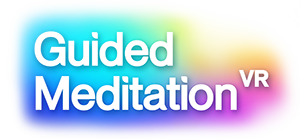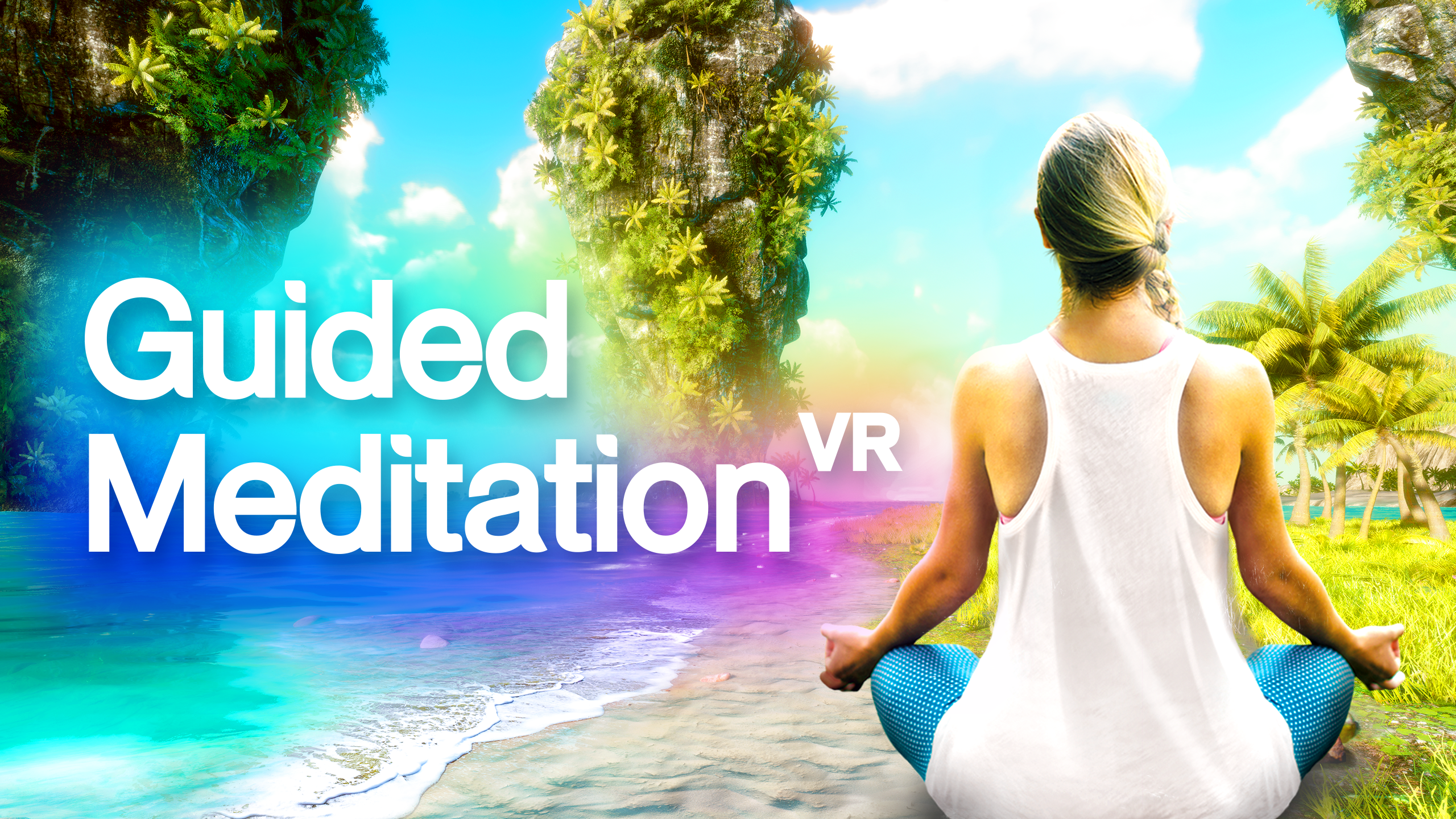- /
- Meditation
- /
- Zen
- /
- Zen Meditation 02
Session 2/10
Transcript
Zen Meditation Course 2 – following the breath.
Welcome to session 2.
Come to a seated position in whichever posture you prefer – either sitting on the floor, or on a chair.
Place your hands in your lap, in the palms upwards position, left over right and with thumbs lightly touching. You can place your right hand over your left, if this feels more comfortable. It’s sometimes recommended that your dominant hand should be underneath, but again, work with what feels right for you.
This hand position is known as a ‘mudra’ in Sanskrit. It’s a physical gesture that encourages a certain state of mind. In this case, it could be said to join and consolidate your energy at the centre of the body, and help to turn the mind inwards.
Now, take a little time to bring your awareness into the body. Scan yourself, from the top of the head, moving through the face, neck, shoulders, and chest, noticing where any tension is. Just relax those areas as you find them. Are you sitting up straight? You don’t want to slouch, and you don’t want to be tense, either. If you need to make some adjustments to find that balance between relaxation and an upright posture, go ahead.
Notice where any remaining tension exists, if there is any. That’s all you need to do – notice. Feel the lightness in your upper body, and the firm connection of your lower body as you sit on the chair, or the floor. There is a kind of dignity and strength in this posture. It’s called ‘sitting like a mountain’. It’s a reflection of your natural right as a human being to be here on this earth, right in this moment.
Now, bring your attention to your breathing. Just notice its quality. Take a deep, slow, long breath in through the nose. Let it fill your lungs completely. Then exhale through the mouth, and just let go of all tension. Deep breath in, and long breath out. Don’t force the exhale, just use the out breath to empty yourself, and put all your worldly concerns aside for a while. This is just your time now.
When you’re ready, close your mouth, keeping it relaxed. Rest your tongue lightly on the roof of the mouth. Breathe naturally, in through the nose, and out again. Focus on how the breath feels as it enters the body. Maybe you can feel it on the tip of your nostrils. Notice how your body rises and falls with the breath.
How are you breathing? See if you can breathe from the center of your body, initiating the breath with your lower abdomen. You’re filling that area with breath and energy, which then expands, into the ribcage, chest and back. If this lower abdominal breathing is challenging, don’t force it. Just be aware of that area, about half an inch below the navel. Putting your awareness there as you breathe will help to centre you, both physically and psychologically.
Your awareness may wander, this is quite normal. When you notice, just bring your mind back to the breath. Just allow yourself the luxury of doing nothing else. Simply watch your own breathing.
To help your focus, you can start to count the breaths, now. On your next exhale, count ‘1’. On the exhale after that, count ‘2’. All the way to 10, then start again. If you lose the count, simply start again. If you don’t feel as though you want to count, then there is no need to. Ok, let’s watch the breath now.
(Five breath interval here).
Remember, if your mind wanders off, don’t worry about it. Just come back to the breath. Just breathe.
(Further five breath interval).
When thoughts intervene and distract you from the breath, don’t fight with them. Acknowledge their presence, and let them go. Think of them like clouds floating through a clear blue sky. The sky is like our pure awareness, and the clouds are the thoughts that come into that awareness. The thoughts are always changing, but the awareness behind them doesn’t. In Zen, it’s known as ‘Buddha Nature’. It has a clarity and insight of its own, that’s always been with you, it’s the part of you that never changes, essentially. This meditation practice is a way of reconnecting with it. Reconnecting with your true self, in effect.
Let’s take another few breaths now, before we finish. Just sit and breathe and be right here as you are.
(interval of five breaths or so)
Ok, now you can take your focus away from your breathing, and let your mind think about whatever it wants to think about. Take a last check of the body, just to see how it feels. If your posture has shifted, just notice that. Now, let your attention come back to the room. Move around a bit if you want to.
As you continue to practice, you may be shocked to realize just how much chatter goes on in the mind. Just noticing this is a good sign in itself. We’re often so preoccupied with what we need to do next in life that we don’t see just how fast the mind moves, and how that speed translates into the way we live our lives, sometimes a little too fast for comfort.
As you go through the rest of the day, take a moment now and then to just stop. Just for a second. Maybe look out the window, or if you’re outside, look up at the sky. It’s big isn’t it? Your mind is like that, too. Big. Could even be limitless. Just look up, take a breath, and remember that. See you in the next session.
”When thoughts intervene and distract you from the breath, don’t fight with them. Acknowledge their presence, and let them go. Think of them like clouds floating through a clear blue sky. The sky is like our pure awareness, and the clouds are the thoughts that come into that awareness.


